Many mobile apps resemble each other in their functional features. However, they are still in demand among users because if the use case is similar, one can quite successfully adopt someone else’s product to their needs.
Consequently, developers quite often hear the question, “How much will it cost to develop an app similar to Uber, Ola, or Tinder?” from customers. It is difficult to give an unequivocal answer to it because the final product will still require adaptation to particular business needs. Anyway, there is some logic in such a solution, as cloning is always easier and faster than the development from scratch.
In this article, we will try to amply answer the question of whether it is possible to clone a popular mobile app, and how much it can cost.
Is It Possible to Copy Someone Else’s App?
The short answer is yes, it is, regardless of the original product’s difficulty level. However, you will not get a replica since some things will have to be changed anyway to avoid infringing copyright.
When simplified, the algorithm looks as follows:
- analyze the original product’s logic;
- compile a complete list of functions;
- determine which of them are necessary and which can be discarded;
- think about additional features to implement;
- start the product development process.
Minor changes in functionality and different design will allow you to create a mobile app copy in capabilities but avoid the risk of receiving accusations in plagiarism.
On the other hand, you have to abandon the practice of banal clone app development. After all, there is a fine line between copying and derivation: it would be better to use someone else’s app as a source of inspiration and not just copy everything down to the screen designs.
Nowadays, the probability of creating something absolutely unique is quite thin because everything was already invented by someone else before.
How Much Will It Cost to Clone Someone Else’s App?
Gigster, a company that allows its users to create technical projects on demand, carried out a study several years ago to estimate the cost necessary to develop an MVP copy of such popular apps like Uber, AirBnB, Yelp, and some others.
This is a fairly common customer request in the market: take the available app as a base and adapt it for other purposes, for example, develop Uber for cargo transportation.
The table provides an estimate of a simplified product version development cost, and it is anticipated that it will take 6 to 9 weeks to make a copy of a mobile app. A complete launch-ready software product will cost the customer 3 to 5 times more than a minimally viable product.
The cost of similar work for Android OS is estimated at an average of 20% lower than for iOS.
In What Cases Such a Solution Will Make Sense
Mobile app replication is a fairly popular service, and you can consider this option in the following cases:
- you plan to create a product resembling in functionality, but you are not direct competitors;
- you want to create an app clone as the base for MVP;
- you want to quickly test your idea and then plan to make something of your own anyway.
If you need such a service and a reliable technology partner for mobile development, contact us. We are ready to efficiently implement your project on time, taking your business needs into account.

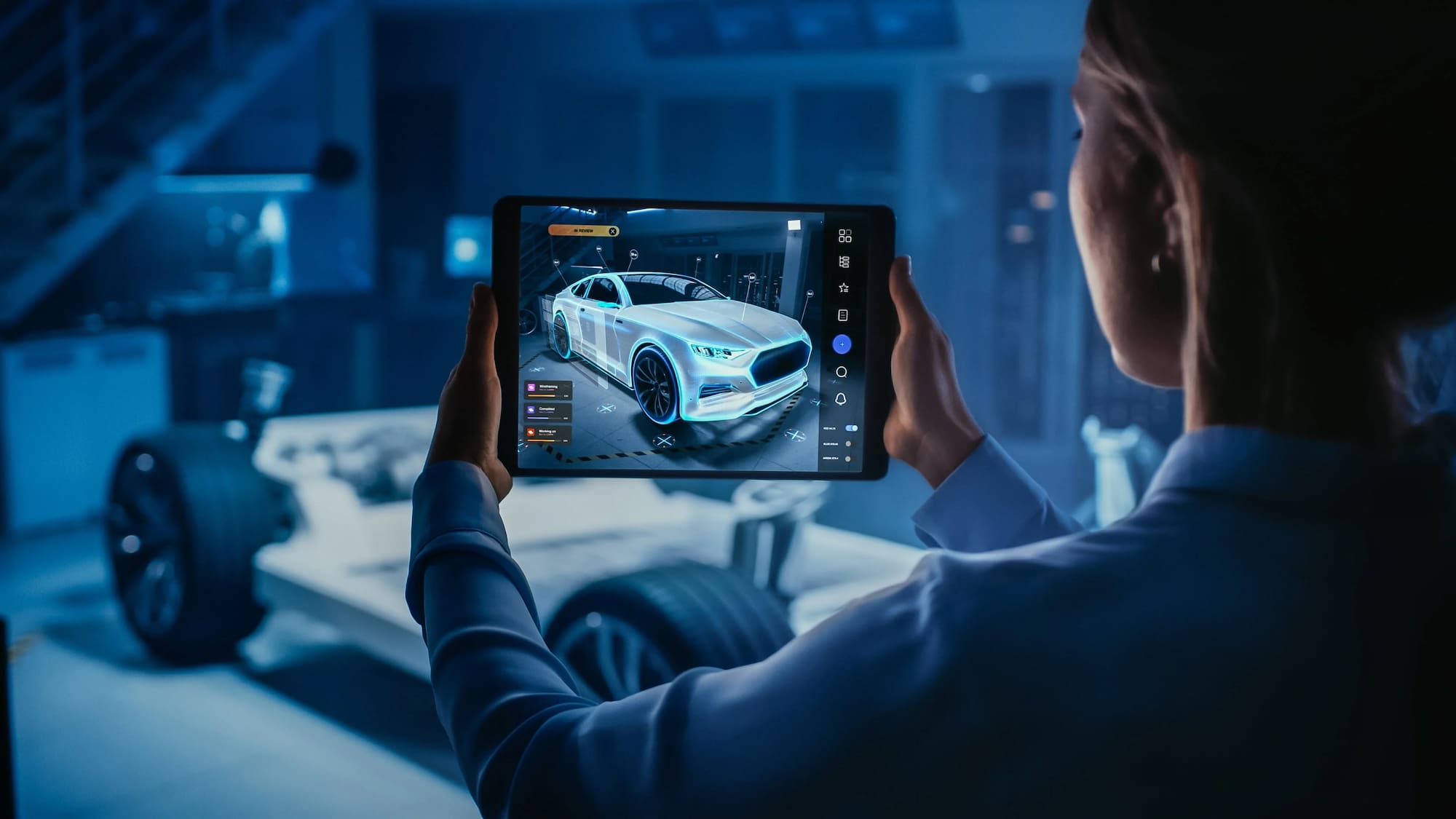



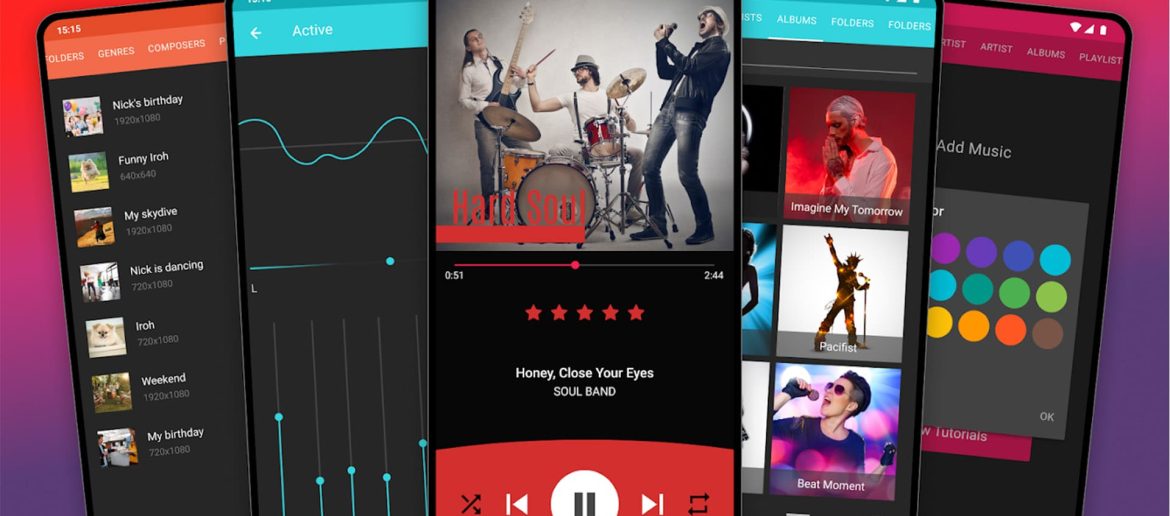
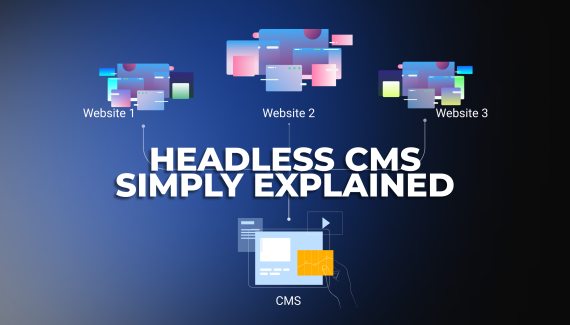 view the post
view the post
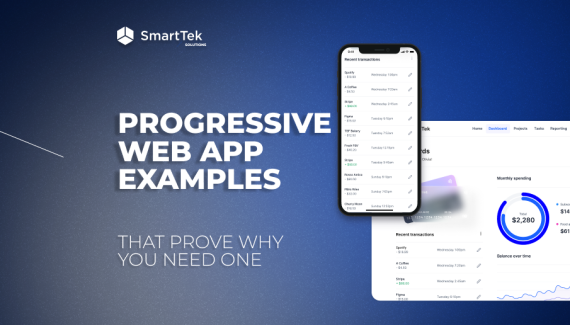 view the post
view the post
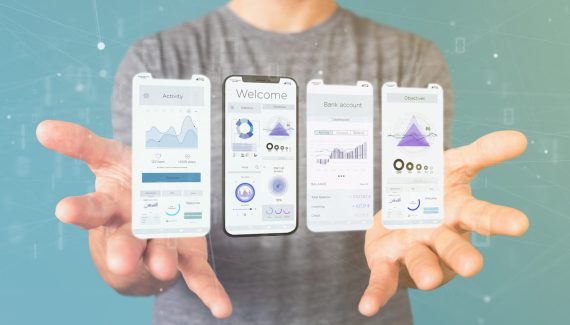 view the post
view the post

